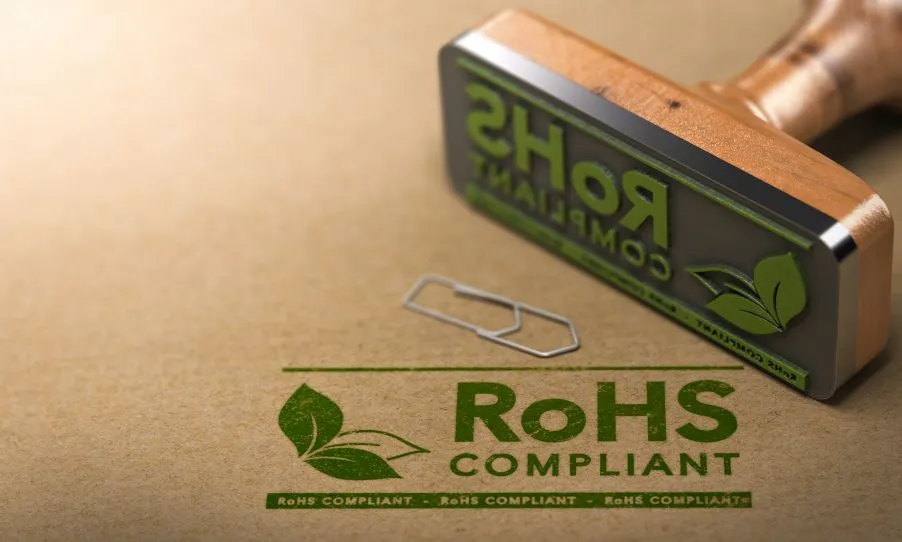- Home
- News Details
News Details

European Commission seeking comments on exemptions from RoHS for lead and cadmium in recovered PVC
2023-07-18 Reference source : RoHS
On 26 June 2023, a proposed exemption for the use of cadmium and lead in polyvinyl chloride (PVC) under Annex IV of the EU Directive on the restriction of hazardous substances (RoHS) in electrical and electronic equipment was put out for discussion by the European Commission. The draft delegated directive's consultation period began on 27 June and will expire on 25 July.
The proposed
exemption would be for the use of cadmium and lead in plastic profiles in electrical and electronic windows and doors containing recovered PVC. In polyvinyl chloride (PVC), lead and cadmium are employed as thermal stabilisers. Such uses were covered by the prior exception 41 in Annex IV of the RoHS Directive.
Cadmium is restricted by entry 23 of Annex XVII to the REACH Regulation. The restriction does not apply to articles containing recovered PVC if their concentration of cadmium does not exceed 0,1% by weight of the plastic material in articles, including doors and windows. Lead is restricted by entry 63 of Annex XVII to the REACH Regulation and shall not be placed on the market or used in articles produced from polymers or copolymers of PVC, if the concentration of lead is equal to or greater than 0,1 % by weight of the PVC material.
The technical and scientific evaluation of the proposed exemption concluded that:
-
Cadmium and lead are used in PVC frame material for windows and door sets for the purpose of polymer stabilisation of the PVC profiles.
-
Most of the applications for window and door sets are not electrical. Only a small amount compared to all windows and doors requires a time-limited exemption as they are EEE according to Article 3(1) of the RoHS Directive.
-
While lead- and cadmium-free technologies used in virgin PVC are available on the market, use of recovered PVC requires lower amounts of energy and natural resources (such as water, petroleum and natural salt) than would be otherwise needed for use of virgin PVC. The use of recovered PVC is thus associated with socio- economic benefits in particular with regard to decarbonisation, circular economy and raw material availability.
The proposed exemption therefore complies with Article 5 (1) (a) of the RoHS Directive: the total negative environmental impact, health impact, and consumer safety impact that may arise through substitution may exceed the overall environmental impact, health impact, and consumer safety benefits it generates. Therefore, the recycling and use of PVC containing lead and cadmium is related to socio-economic benefits and helps to reduce carbon emissions and promote a circular economy.
The exemption is requested for 5 years which is the maximum validity period according to Article 5(2) of the RoHS Directive.
We acknowledge that the above information has been compiled from RoHS.
Global Product Compliance (GPC) specializes in Global Regulatory Compliance Solutions across sectors
globally. SSS Europe, a familiar name in chemical regulatory and compliance services now formally belongs
under the umbrella of GPC Holding Sweden.
Since 2008, we have emerged as one of the leading names among Global Regulatory Compliance Service
Providers with Representation services in Europe, Asia and Middle East for respective chemical
regulations.


